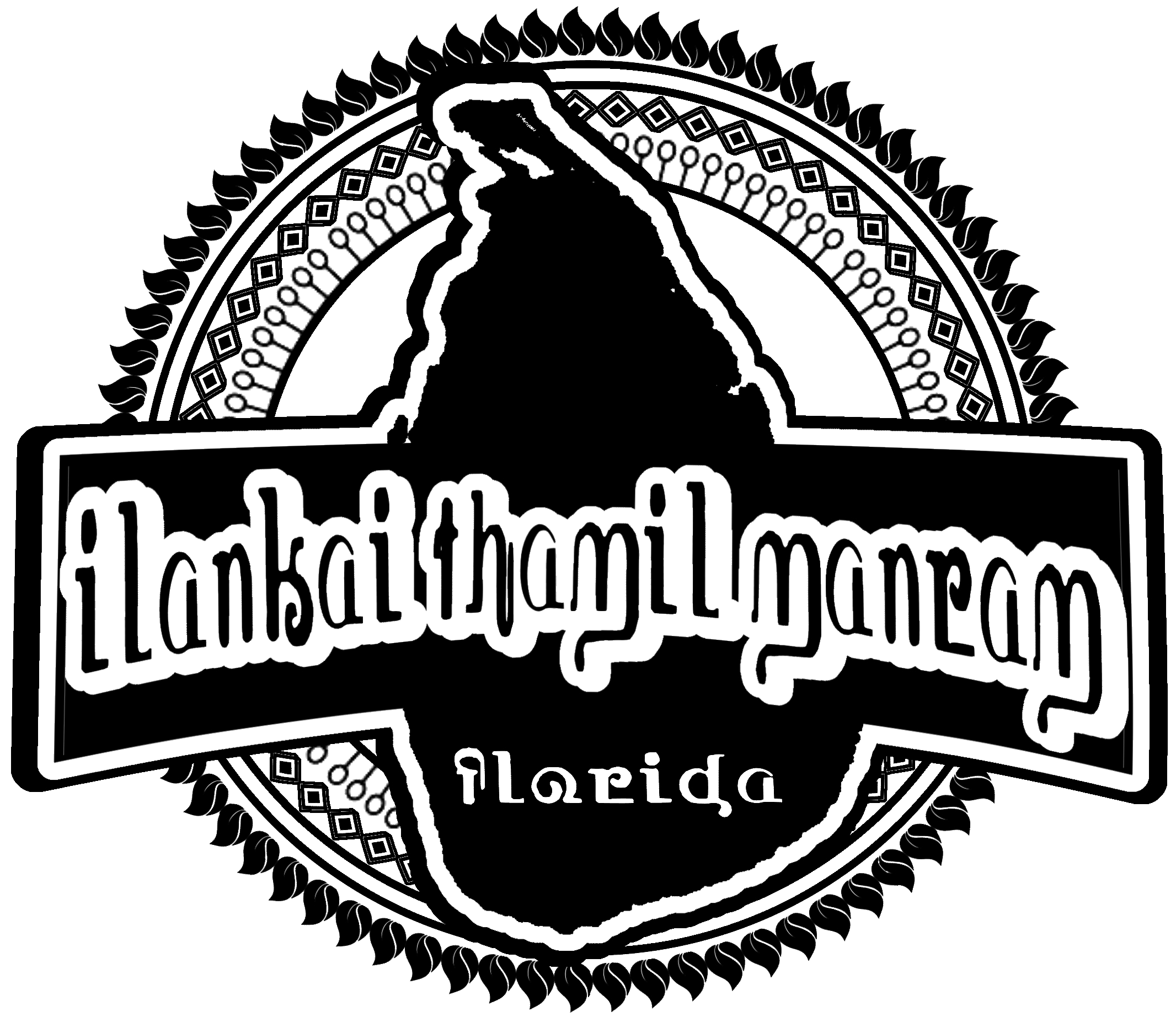
National Anthem Day is celebrated on the anniversary of the date “The Star-Spangled Banner” was officially designated the national anthem of the United States of America: March 3, 1931.
“The Star-Spangled Banner” has lyrics taken from a poem written by Francis Scott Key during the War of 1812. On the night of September 13, 1814, Key witnessed the bombardment of Fort McHenry, Maryland, from a British ship offshore where he was negotiating for the release of an American prisoner. The experience resulted in “Defence of Fort M’Henry,” a four-stanza poem that, a few days later, was set to a popular melody by John Stafford Smith entitled “The Anacreontic Song,” and soon after, was named “The Star-Spangled Banner.”
Popular for over a century, various adaptations emerged, but in 1917 a standardized version was created. In the 1920’s, awareness arose across the nation that it still did not have a national anthem, and other songs were considered, such as “My Country, ‘Tis of Thee” and “America the Beautiful.” It was not until 1931 that Congress finally passed a measure adopting “The Star-Spangled Banner” as the national anthem of the United States, and the bill was signed by Herbert Hoover on March 3, 1931.
Although Key wrote four stanzas, only the first one is normally sung as the national anthem. Federal law is suggestive as to proper behavior during a performance of the anthem, such as instructing that military members salute, men remove hats, and civilians place their hand over their heart. However, the requirements are not entirely clear, as they have changed over the years. Furthermore, the law has no penalty if not followed, and such behavioral requirements raise First Amendment issues.
The history of the national anthem of Sri Lanka is slightly more convoluted and condensed. At the time of independence from Britain, Ceylon did not have a national anthem, so it continued using the British national anthem while a competition was held to choose an anthem. The songs “Namo Namo Matha” by Ananda Samarakoon and “Sri Lanka Matha Pala Yasa Mahima” by P. B. Illangasinghe and Lionel Edirisinghe were entries, but while the latter won, controversy kept it from being the anthem due to the fact that its composers were also competition judges. It was only in 1951 that the government of Sri Lanka recognized “Namo Namo Matha” as the national anthem of Sri Lanka. A direct Thamil translation was later created, entitled “Sri Lanka Thaaye.”
However, in the late 1950’s and early 1960’s, a strange controversy arose. Two prime ministers had suffered untimely deaths, thus no prime minister had been able to fulfill their term. This and other circumstances, oddly, were blamed on the opening line of “Namo Namo Matha,” and the placement of the syllables. In 1961, the Sri Lankan government changed the opening line to “Sri Lanka Matha,” much to the resentment of its composer, Samarakoon, who committed suicide soon after.
